Boston Children's Museum
308 Congress Street, Boston, MA 02210
617-426-6500
© Boston Children’s Museum 2025
Website Design by Jackrabbit
Learning how to read and share directions is a critical skill for children to learn—it develops communication skills, descriptive vocabulary, and teaches children to emphasize those points that will help a listener follow ideas and concepts.
VIEW ACTIVITYHaving kids conduct test marketing for their sodas is a great way to work on oral and written literacy skills, data collection and analysis, tabulation and distinguishing characteristics of an object.
VIEW ACTIVITY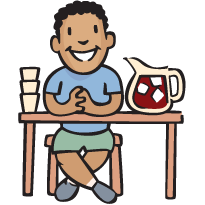
Having kids advertise their new creations will help them work on literacy and art skills, and also will cause them to think about the unique attributes of their soda. This kind of work is great for helping to develop critical skills like observing, distinguishing properties of materials, etc.
VIEW ACTIVITY
At the beginning of the year, it’s always good to get an idea of where your students’ heads are. Having kids draw their silhouettes and then fill them in with their thoughts and ideas will not only give you insight into your students, but also will give them a chance to reflect on themselves and their own lives. Not only are children undergoing physical changes as they grow, but they are changing inside as well—repeating this activity at the end of the year, or even later, will give your students a chance to reflect on where they’ve been, where they are and where they’re going.
VIEW ACTIVITY
Children’s bodies are undergoing constant change. By getting to know their own bodies better, these changes can be less mysterious. Children who are in tune with their own bodies can use all of their senses as tools as they explore and try to understand the world around them. This activity helps children learn more about their sense of touch, along with properties of objects, observation and descriptive vocabulary.
VIEW ACTIVITY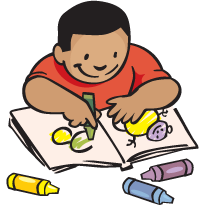
So much of discovery relies on observation skills. By giving students an opportunity to really look at the world around them and the experiences they have, you give them the chance to develop and grow into good observers.
VIEW ACTIVITY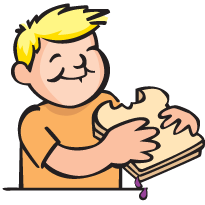
Giving clear, concise instructions to others is an important skill for children to learn. In this game, students will practice using descriptive vocabulary, communicating ideas to others, recognizing steps in a process and recognizing the importance of the use of clear language.
VIEW ACTIVITY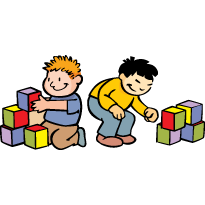
Giving clear, concise instructions to others is a critical skill for children to learn. In this game, students will be asked to identify objects using descriptive vocabulary, to differentiate between the characteristics of different objects, to listen, estimate, communicate, problem solve and observe.
VIEW ACTIVITY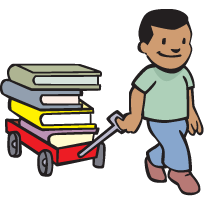
Collaborative writing is a process that requires a set of skills above and beyond those used in writing individually. Students need to have an understanding of their own ideas so that they can present them to their peers; they must read and comprehend other children’s writing, understanding how everyone’s piece fits into the larger project; and they must review and revise their writing to create a cohesive final book.
VIEW ACTIVITY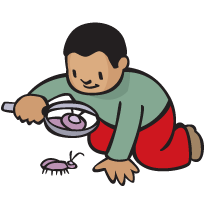
The goal of Thing-Go Bingo is to have young detectives observe closely, look longer, make predictions and record their findings. This activity not only focuses on observing local environments and data collection, but also provides a chance for your students to build other skills like pattern recognition, problem solving, and communicating.
VIEW ACTIVITY